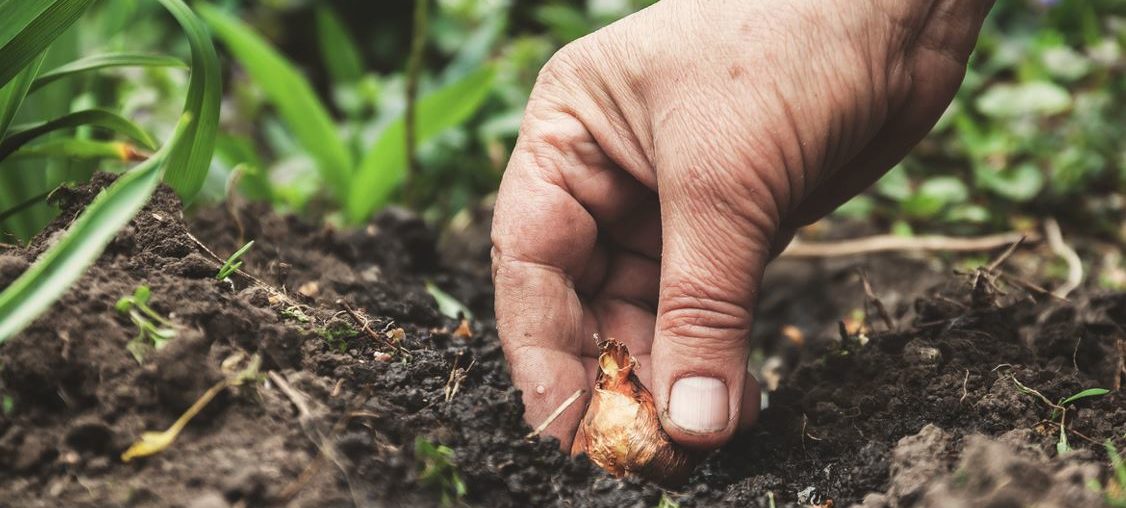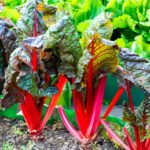If you start to see your onion plants wither or if your leeks are withering for no reason… Be careful! The onion fly or Delia antiqua may have made a home in your vegetable garden. It is an insect that reproduces very quickly. We must therefore get rid of it very quickly. How to proceed ? This is what we will explain to you!
How to recognize the onion fly?
The onion fly is very close to the classic fly that we find in our interiors. Adult, it usually measures between 6 and 7 mm long and she presents a gray-yellow color. What sets her apart is her abdomen, which is narrower.
The first generation of adult onion fly appears between April and end of May. It comes from larvae that have overwintered in the soil. Females lay eggs in cycles, around the plant, on the axils of leaves or on the crown. The second generation makes its appearance in July.
The larvae look like white maggots which measure between 1 and 8 mm. They penetrate the bulbs and plants and then mature in the soil where their growth continues. They overwinter if the soil temperature is below 15 ° C.
To read also : Sowing onions: when and how to plant them?
What are the signs that evoke its presence in the vegetable garden?
The main plants affected by the onion maggot are obviously your onion plants, but this can also concern leeks and shallots.
When the larvae emerge from the eggs, they tunnel into bulbs or young plants, depending on the season and temperature. As this creates open wounds, bacteria tend to grow there and spread to the organic tissues that they break down. It is on this decomposition that the larvae feed.
You see the result right away: the seedlings wither and die, and the bulbs become more vulnerable to rot, disease and insect attack.
How do you try to avoid onion fly attacks?
- Pay attention to the board on which you are growing the host plants, it must not be contaminated. Crop rotation is essential since the pupae of this fly overwinter in the soil.
- Anti-insect sails are very effective if you respect certain conditions perfectly: they must be correctly placed, well anchored to the ground so as not to leave room to enter. It is important to check that the soil is completely free of overwintering pupae, which is why crop rotation is important.
- Natural repellents are also important and used very often by gardeners with varying degrees of success. They are made from herbs like tansy which is the most effective it seems. It will be sprayed at the end of May and during June during the mating and egg laying period.
- The association of onion or leek plants with those of carrots disturbs the onion fly, which then comes less easily.
- After harvest, never leave host plant debris on the ground. The larvae still in the ground delight in it.
What biological treatment against the onion fly?
If you are a fan of organic farming, pyrethrum-based insecticides are easily used. Spray them on the attacked plants while the larvae are still active, at the end of June. It is quite possible to make your own insecticide preparation.
Do-it-yourself recipe:
Mix a teaspoon of dried pyrethrum flower powder with half a liter of water and a teaspoon of liquid black soap. It should then be used within two days.
However, it should be known that this preparation acts on all the auxiliaries including the foraging insects. It is therefore necessary to use it at the right time and with care.
What to do with already affected vegetables?
To stop the spread, it is absolutely essential to pull up and then burn the vegetables that are inhabited.
Read also :









